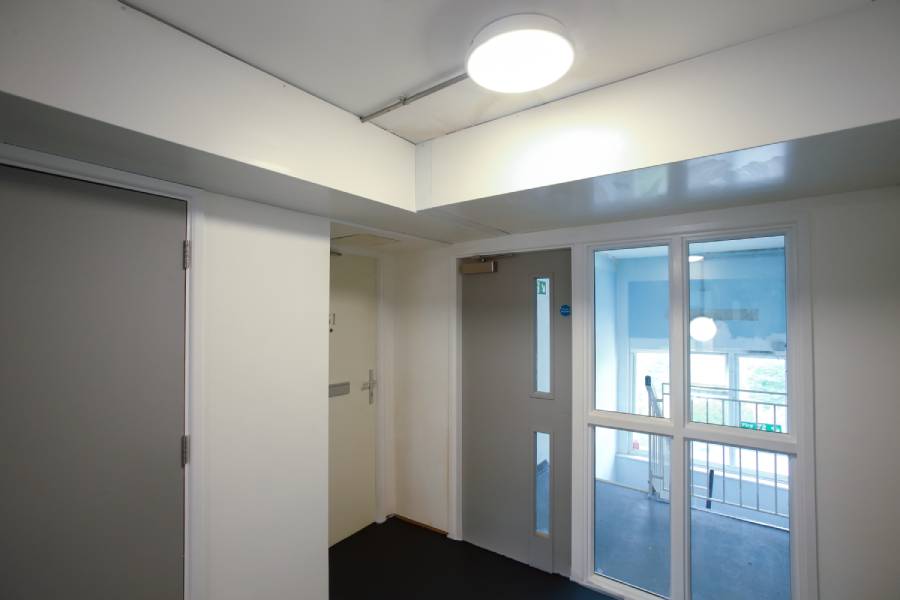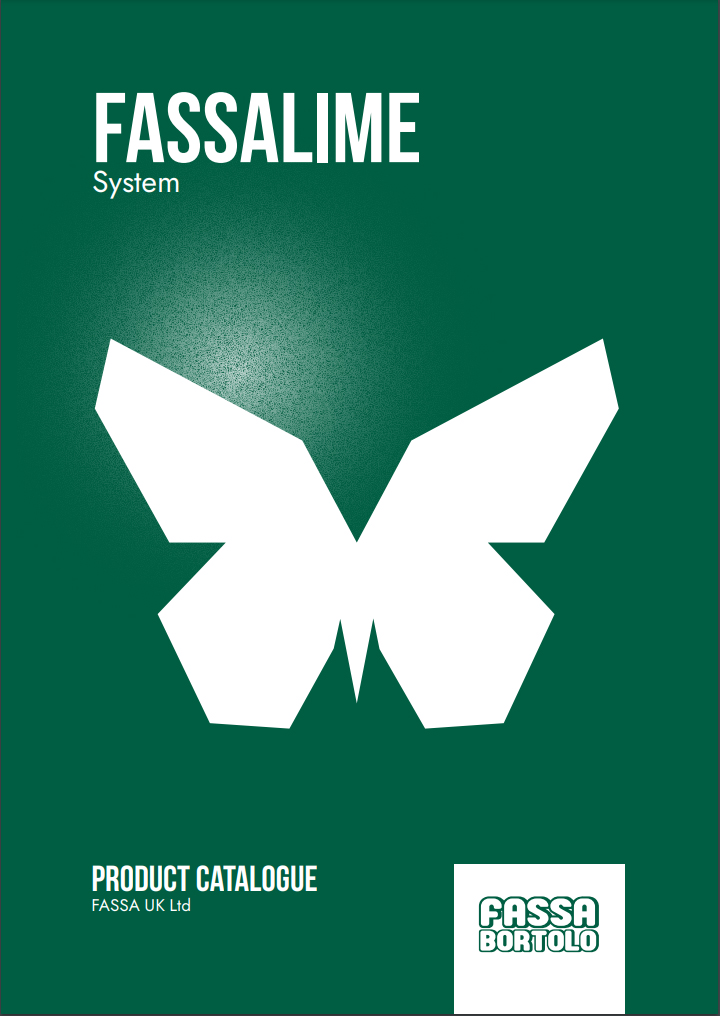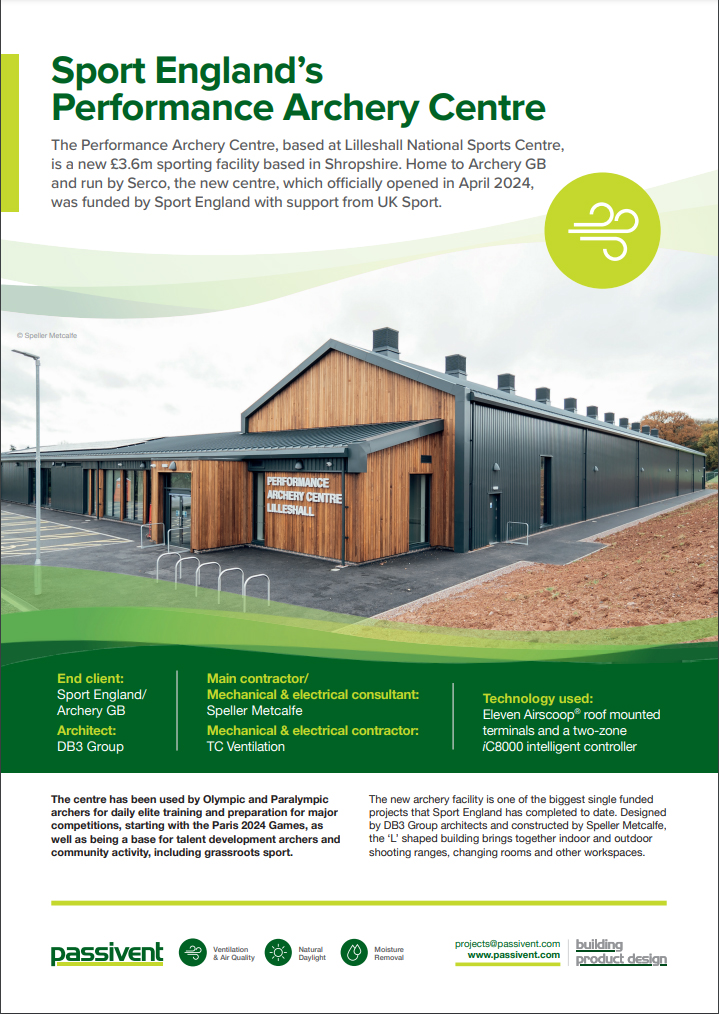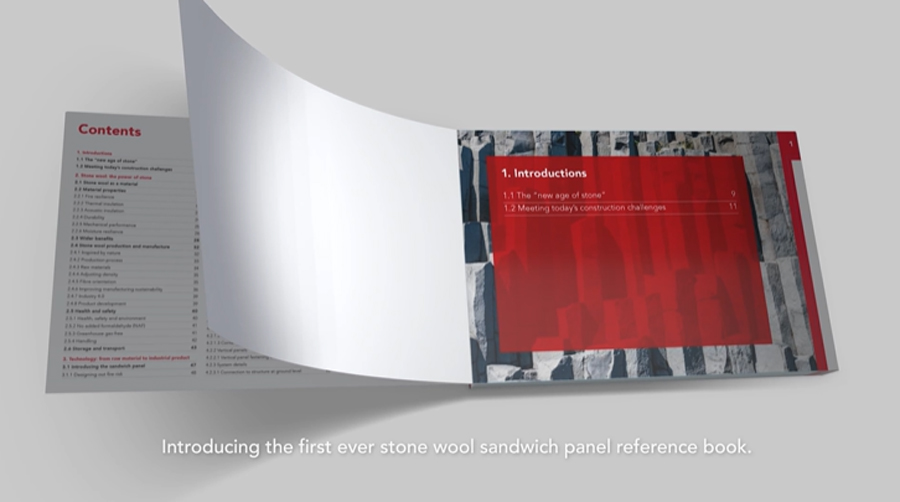An excavation to uncover evidence of Oxford University’s lost college at the site of a student accommodation scheme under construction in Brasenose College’s Frewin Annexe has already unearthed part of the original structure.
A team from Oxford Archaeology is working alongside construction firm Beard, which is developing thirty student flats on the site of the former St Marys College, which has been described as the ‘lost Augustinian college’ because of its relative obscurity.
It was founded in 1435, but delays and incompetence hampered construction until Cardinal Wolsey intervened in the 1520s. After this work proceeded quickly, but the building was then disbanded and then quickly fall into a state of disrepair as a result of the Dissolution of the Monasteries by Henry VIII between 1536-41.
So far, the archaeologists have found part of the Wolsey phase of construction in the form of a massive limestone wall foundation, which is believed to have supported the wall to a very significant stone building and is likely to belong to one of the buildings that formed St Marys College, possibly the south range of the cloister.

Photo: Simon Gannon
Near to the wall foundations excavation is underway on a series of pits that are rich in artefacts including butchered animal bones and charcoal indicating the disposal of waste from food preparation, possibly from the kitchens to St Mary's College which were probably located nearby. Other artefacts unearthed so far include a complete 17th century stone flagon, and a bone comb, long cross silver penny and decorated floor tiles from the medieval period.
Peter Beilby, project manager at Beard, said: “Working alongside the archaeologists in this constrained site within Oxford’s historic centre is a difficult but interesting exercise. The team from Beard are drawing upon their extensive experience from many previous Oxford College projects with similar challenges to deliver successful outcomes for everyone involved.”
Ben Ford, senior project manager at Oxford Archaeology, said: “We are excited that the construction of the new building gives us the opportunity, and that Brasenose College have given us the funding, to archaeologically excavate the remains of this unique and fascinating part of Oxford.
“We are hoping to shed light not only on the layout of the 'lost college' of St Mary's, but also discover evidence that tells us about the lives of some of medieval Oxford’s most powerful Norman families who probably lived at the site.
“Frewin Hall has a stone vaulted basement which dates from Norman times and is one of the oldest buildings still in use in Oxford. If we are really lucky, we may uncover signs of even older everyday life, from Oxford’s earliest years when it was first built as a heavily-defended town on the Thames, guarding the border between Saxon and the Viking held lands."
Dr Llewelyn Morgan, Fellow at Brasenose College, said: "We are excited by the remarkable glimpses of St Mary's College and the longer history of Frewin that the archaeologists are revealing. It has been a place of education for 600 years, and our beautiful new building will continue that tradition."
The only remaining part of St Mary’s College that is now visible is a rubble wall at the lower part of the gateway to the Frewin site from New Inn Hall Street, which is believed to have been part of the western boundary of the college.
St Mary’s College was built on the east side of New Inn Hall Street where Grade II* listed Frewin Hall is now located. Archaeologists will be working at the site to until February ahead of development of the student flats for Brasenose College.
A Heritage Audit & Statement of Significance conducted for Brasenose College ahead of developing the Frewin Hall site notes: “As the site of a high-status Norman house, a late medieval college, a high-status post-medieval house, and various post-medieval tenements, continuously occupied in various ways since at least the late 11th century, the site has the clear potential to provide evidence about medieval and postmedieval urban Oxford, as well as the lost Augustinian college.”
The audit statement explains that St Mary’s College was founded to meet a long-held ambition of Augustinian canons studying in Oxford. The Augustinians received the property and buildings as a gift from a wealthy and pious man called Thomas Holden - this was to be the site of their college.
However, although a two-story college chapel with library above was constructed, the college itself had not been completed nearly a century later. Building work finally proceeded and the college may have been completed following the intervention of Cardinal Wolsey in the first half of the 1520s. However, Wolsey fell out of favour with King Henry VIII and then died in 1530 and this was followed by the Dissolution of the Monasteries - including the Augustinians.



















